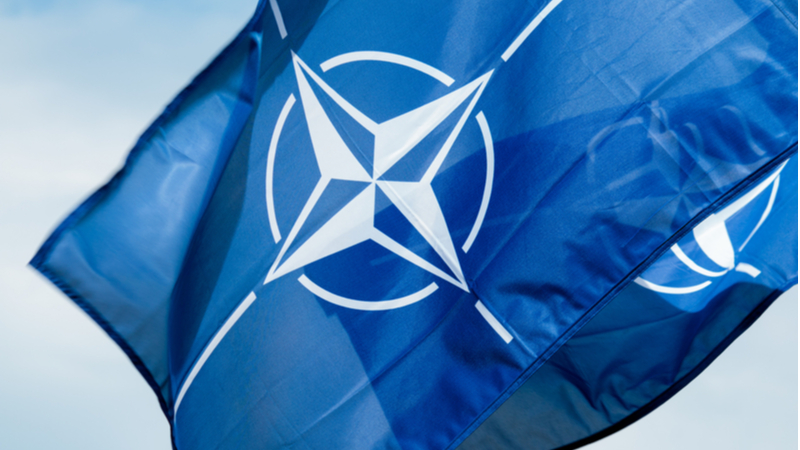
The North Atlantic Treaty Organization (NATO) declared on June 29 its adoption of a new “strategic concept” that names Russia as the “most significant and direct threat” to NATO allies’ security and stability, wraps cybersecurity initiatives more tightly into the alliance’s strategy, and establishes a Defense Innovation Accelerator “to bolster our technological edge.”
NATO – the western military alliance formed in 1949 and now counting 30 member states – issued the updated strategy at its member summit in Madrid.
The primary thrust of the June 29 declaration identifies threats from Russia – along with terrorism in general – as top concerns, and pledges NATO allies to “continue to counter Russian threats and respond to its hostile actions and to fight terrorism, in a manner consistent with international law.”
NATO said its new strategic concept focuses on three core tasks: deterrence and defense, crisis prevention and management, and cooperative security.
Cybersecurity Steps
Below those top lines, cybersecurity concerns and steps are woven throughout the new declaration.
“We are confronted by cyber, space, and hybrid and other asymmetric threats, and by the malicious use of emerging and disruptive technologies,” NATO said. “We face systemic competition from those, including the People’s Republic of China, who challenge our interests, security, and values and seek to undermine the rules-based international order.”
Among the cybersecurity topics in the new strategy document are:
- Bolstering Ukraine’s cyber defenses and resilience, and supporting the modernization of its defense sector to strengthen interoperability with NATO;
- Taking a “360-degree approach across the land, air, maritime, cyber, and space domains, and against all threats and challenges”;
- Boosting “our resilience to cyber and hybrid threats and strengthening our interoperability”;
- Building out and exercising “a virtual rapid response cyber capability to respond to significant malicious cyber activities”;
- Strengthening cyber defenses through “enhanced civil-military cooperation” and expanding partnerships with industry.
A fact sheet issued by the White House on June 29 said that the alliance’s new strategic concept “will ensure NATO continues to develop appropriate tools and collective responses to transnational threats such as cyber attacks” and climate change.
“As an operational domain for NATO, cyber will also be a key component of NATO’s strengthened deterrence and defense posture,” the White House said. Speaking of the NATO plan to rapid response cyber capabilities, the U.S. “will offer robust national capabilities as part of this support network,” the White House said.
Defense Innovation
On the innovation front, NATO said it will establish the new Defense Innovation Accelerator and launch a multinational Innovation Fund “to bring together governments, the private sector, and academia to bolster our technological edge.”
The only specific project mentioned for those initiatives is endorsement of a strategy “which will ensure the seamless delivery of the next generation Airborne Warning & Control System (AWACS) and related capabilities.”
According to the White House statement, the Innovation Accelerator “will support NATO’s efforts to boost interoperability and ensure that every Ally has access to cutting-edge technological solutions for military needs.”
“The U.S. will contribute by facilitating access to U.S. entities, such as test centers and accelerator sites, drawn from across the extensive and diverse U.S. innovation sector,” the White House said.
